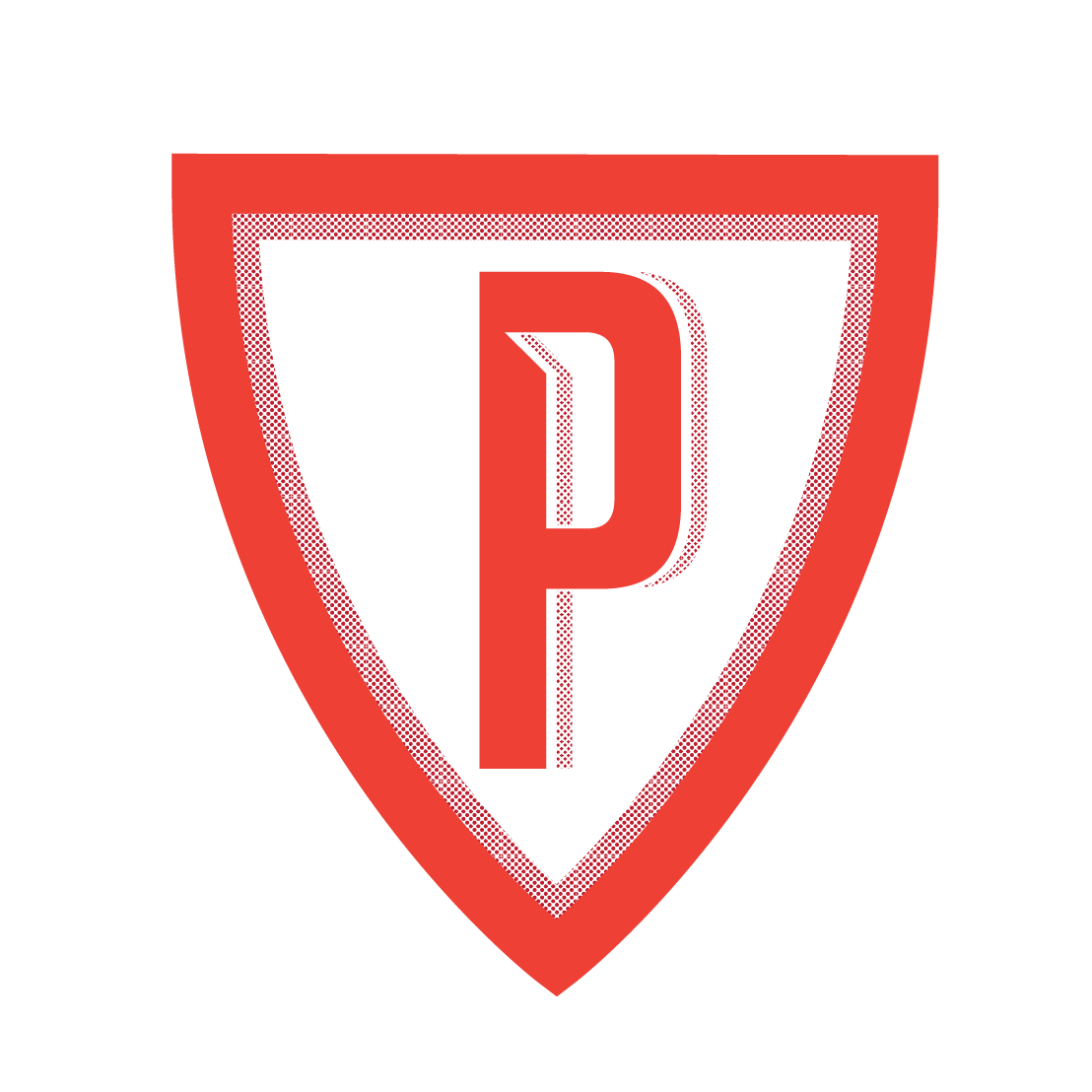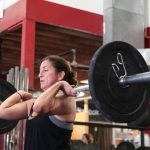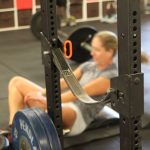Yesterday we briefly discussed the definition of CrossFit. Applying words to the sweaty WOD’s you do on a daily basis. Broken down, CrossFit is constantly varied functional movements performed at high intensity.
Yesterday I discussed what constantly varied means to our programming at the Port. Today, let’s talk about what defines a movement as functional.
All of the movements that I try to incorporate into your classes are considered functional movements. Functional movements can be further defined as a multi joint, multi muscular movement, which place demand on the body’s core musculature and innervation all while being based on real-world situational biomechanics. These movements can be easily identified as the ‘fun’ ones. They are not bicep curls and tricep extensions, however, those movements do serve a place as important accessory movements to keep muscles and joints healthy during our training. Functional movements are running, jumping, pulling, pushing, climbing, throwing, swinging and balancing your body and a load in many varying environments. They translate to whatever it is you have to do outside the gym; keep up with your kids, spread mulch, carry groceries, get something from the attic, or simply pick something up off the floor. By focusing on consistently performing these movements with good form in the controlled environment of the gym we create excellent body mechanics that will naturally transfer when using those habits outside of the gym. So practicing good form is not something that keeps you healthy only while you’re training at the Port.
Functional movements also help train a process that isn’t so obvious. When performing isolated movements like a seated DB bicep curl, you are working the bicep, a little of the lat and that’s all. Doesn’t take much brain power to get your bicep to curl a weight. When performing a clean and jerk, you are using every bit of muscle you have in your body, while also teaching those muscles to work together along with your nervous system to create a fluid system that can act as one. This idea is so much more powerful than learning how to pick something up and put it over your head. Your body is learning to understand itself, how to use all of its tools to complete an action, and that translates way more. Because of that idea, your body then naturally recruits bigger muscle systems to do everyday tasks, and bigger muscles can do more work safely.
Tomorrow, I will finish my rant with the piece to the puzzle that I have the least to do with. This one is more you than me and that performing these movements under high intensity.
Warm-up
The Port OH mobility warm-up
Spend 2 minutes in Z1
20 banded pull-aparts
Foam roll the lats – 1:00 each side
10 chicken wings each side
Then, w/a barbell 2 rounds
6 bent-over rows
6 push press
6 barbell bicep curls
Strength
Push press – 3×6; heavier than last week’s
6 is better than 8, 8 is better than 10, and 10 is definitely better than 12. Meaning it should be the heaviest of all the sets. Jumps can even be more dramatic when sets are this much smaller.
WOD
“Trespassing”
3 min AMRAP
2 snatches (135/95#)(115/75#)
4 bar muscle ups
8 air squats
Rest 1:00, x5
Start back right where you left off each time.
A much less approachable version of ‘Chief’ meaning scaling is that much important. Scale the weight on the bar and scale the pull to a truly hard form (C2B, pull-ups, parallel ring rows, piked pull-ups etc.). Think about getting 3 to 5 rounds per 3 min AMRAP, therefore you will accumulate a lot of reps. Having a strong understanding of where you will have the most difficulty is important to have a strong plan A and plan B. Start off with the hardest version of the movement and scale more if needed.
Accessory Work
Body Building Day
3 rounds
10 robots
15 banded tricep push downs
20 weighted sit-ups


